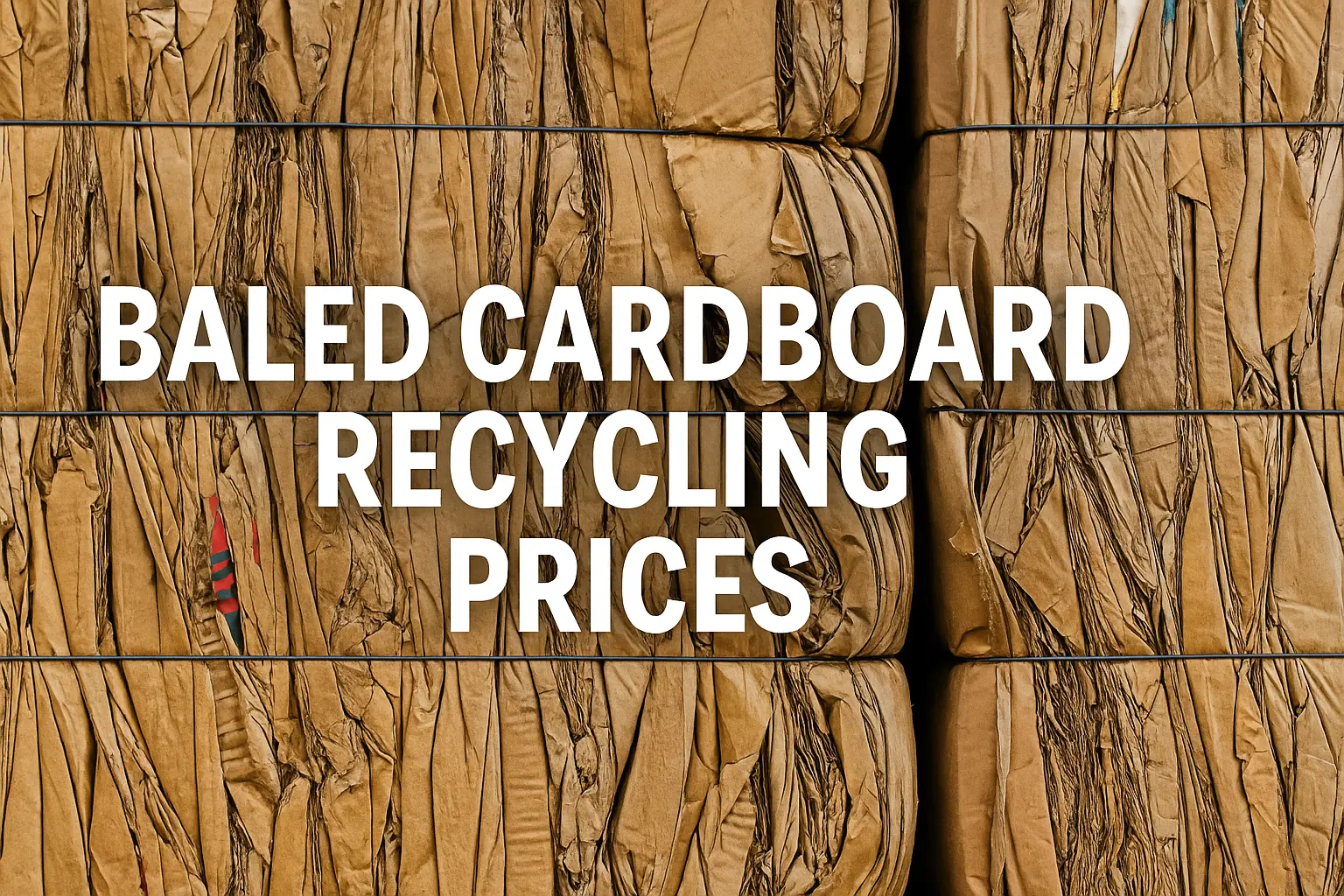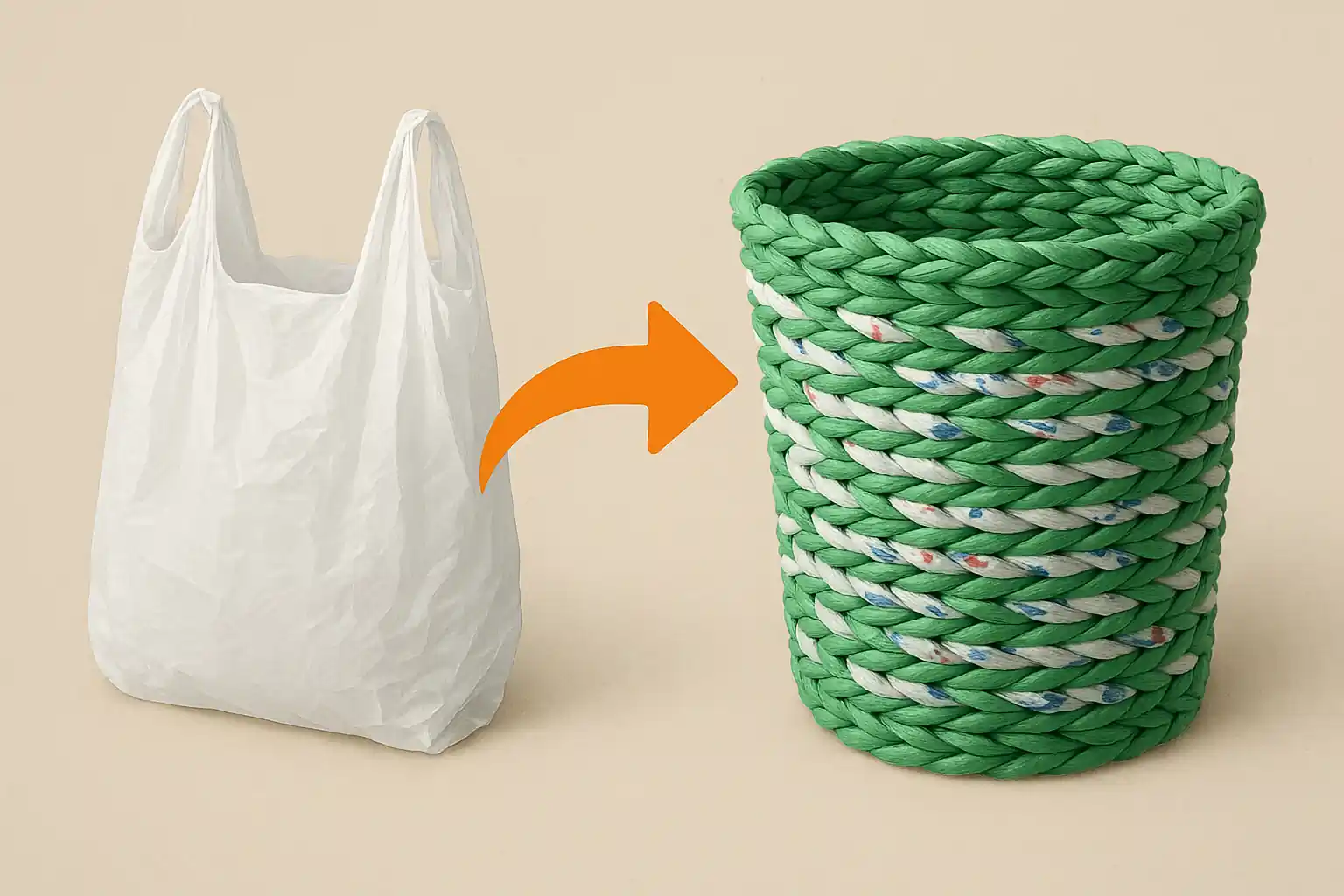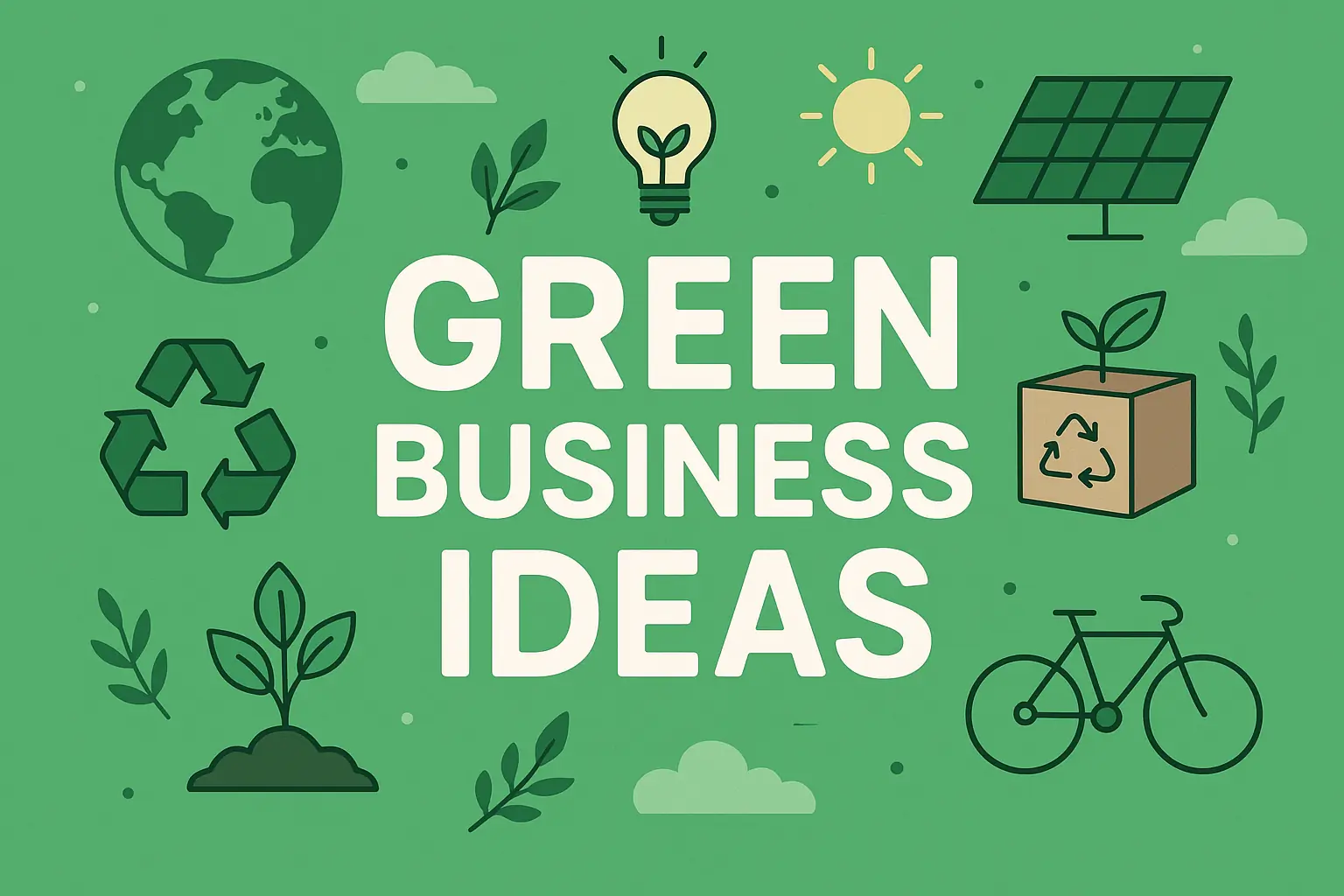The 3 Pillars of Sustainability: People, Planet & Profit (With Examples)
When we hear the word sustainability, we often think of recycling bins, reusable water bottles, or electric vehicles. While these are important actions, they’re just tiny pieces of a much larger picture. Real sustainability is built on three core elements: People, Planet, and Profit. Together, they form what’s known as the three pillars of sustainability.

These pillars are not just abstract ideas, they serve as a framework for individuals, businesses, and governments to create a future that works for everyone. A sustainable world balances social fairness, environmental care, and economic growth. Miss one of these, and the whole system becomes unstable.
Let’s explore each pillar in more depth, with relatable examples and simple ideas to show how they work in real life.
People – The Social Pillar of Sustainability
Sustainability begins with people. Without healthy, safe, and empowered communities, no business or environmental project can succeed. This pillar is about protecting human rights, creating opportunities, and ensuring that no one is left behind.

Think about the clothes you wear. Who made them? Were they paid fairly? Were they working in safe conditions? These questions are central to social sustainability.
Patagonia is a standout example. The brand doesn’t just talk about ethics, it lives them. Workers are paid fair wages, child care is offered at headquarters, and partnerships are built with suppliers who meet strict labor standards.
Another real-world example comes from Unilever. Through hygiene awareness campaigns like Lifebuoy in developing countries, they’ve improved health standards while empowering local communities with education.
Social sustainability isn’t just for big corporations. Local efforts, like farmers’ markets or women-led cooperatives, also count. They create spaces where community values come before profit, strengthening human connections.
Also Read: What Overindulgence Does to the Planet: Real Environmental Impacts Explained
Planet – The Environmental Pillar
The second pillar of sustainability focuses on the environment. It’s about reducing harm to the Earth’s ecosystems, conserving natural resources, and ensuring we don’t deplete the planet faster than it can recover.
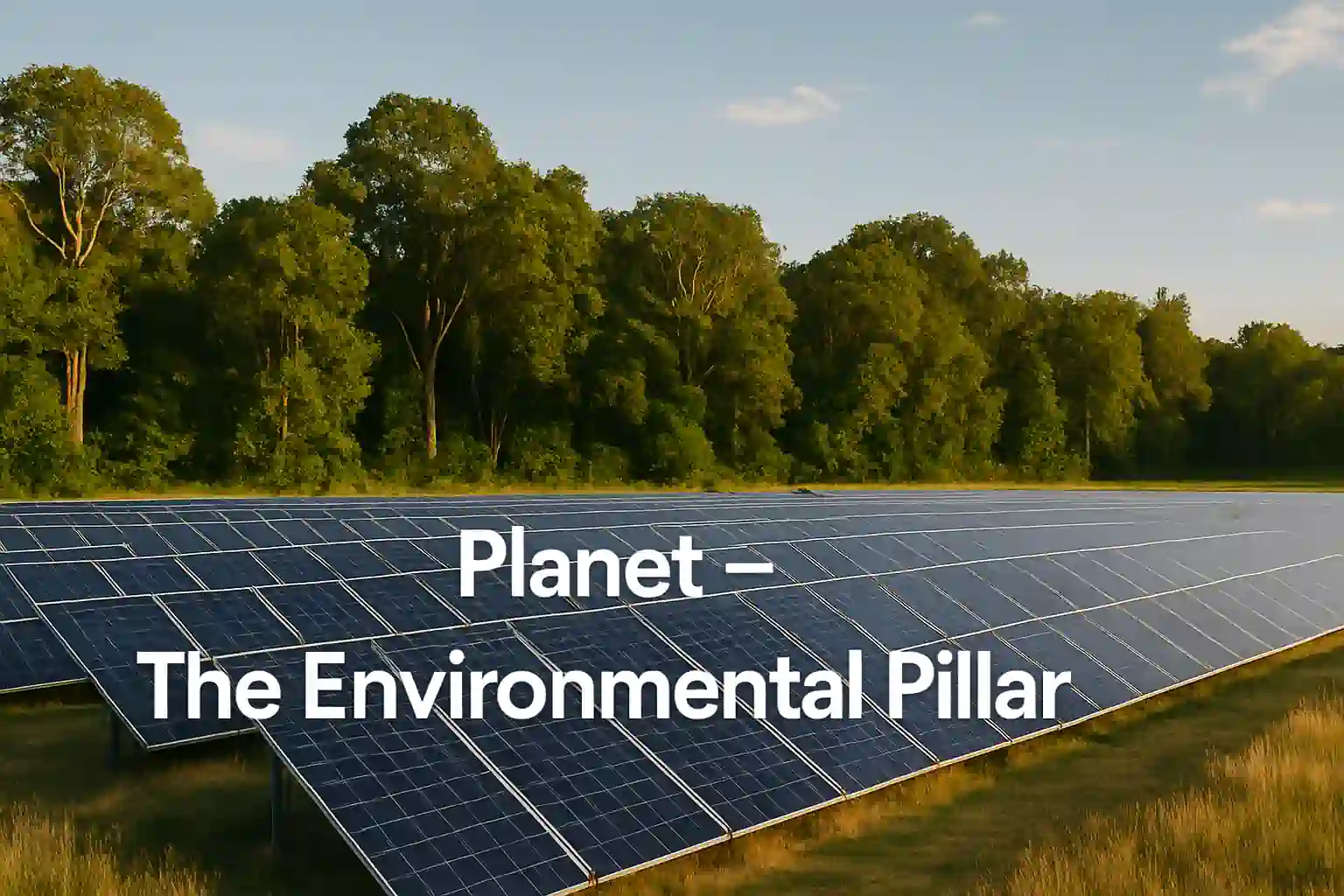
From the air we breathe to the food we eat, our survival depends on a healthy planet. Yet industries continue to pollute, deforest, and overconsume. The environmental pillar pushes for smarter, cleaner ways to live and work.
IKEA is a strong example of a company aligning with this pillar. It aims to become climate-positive by 2030, which means it will reduce more emissions than it produces. The brand already uses solar panels on its stores and only sources wood from responsibly managed forests.
Tesla too is reshaping transportation by promoting electric cars that reduce reliance on fossil fuels. These moves don’t just protect the environment, they inspire industry-wide shifts toward sustainability.
Even LEGO is moving toward using fully sustainable materials for its toys and packaging. Sustainability isn’t boring, it can be creative and fun.
Of course, individual efforts matter too. Turning off unused lights, avoiding single-use plastic, biking instead of driving, all these small habits, when multiplied across millions of people, add up to massive change.
Also Read: 10 Aesthetic & Low-Maintenance Plants to Uplift Your Home Décor
Profit – The Economic Pillar
Sustainability isn’t about ignoring profit, it’s about earning it responsibly. That’s where the third pillar comes in. Economic sustainability means supporting long-term business growth without harming people or the planet.
It’s a myth that companies must choose between doing good and being profitable. In fact, the most forward-thinking businesses today are proving that ethical practices can boost financial success.

Take Ben & Jerry’s for example. This brand doesn’t just make ice cream, it advocates for social justice, pays fair wages, and reinvests profits into causes it believes in. At the same time, it remains one of the world’s most recognizable dessert brands.
Starbucks is another example. By sourcing ethically grown coffee and investing in sustainable farming practices, the company builds a better future for both its suppliers and customers.
Then there are B Corps like Allbirds, which makes sustainable shoes using materials like eucalyptus and merino wool. Their financial success proves that being eco-conscious and business-savvy are not mutually exclusive.
Sustainable profit is about more than just staying in business. It’s about creating value that lasts—for shareholders, workers, customers, and society as a whole.
The Triple Bottom Line: Balance is Key
These three pillars of sustainability don’t work in isolation. They must be in balance. Think of it like a tripod: remove one leg, and the entire structure collapses.
A company that focuses only on the planet but can’t turn a profit may not survive. A business that cares only about making money but ignores workers’ rights or environmental damage risks public backlash, or worse, legal trouble.
The goal is to create synergy between the three. This is called the triple bottom line: People, Planet, and Profit working together for lasting impact.
A Small Business Example
Let’s say you open a neighborhood café.
You pay fair wages and hire locally. You serve drinks in compostable cups and compost your food waste. You keep prices fair, turn a steady profit, and reinvest in better equipment and community events.
This small-scale example captures the essence of sustainability. It shows that big change doesn’t always require a global corporation, sometimes, it starts with your local coffee shop.
How to Apply the Three Pillars in Your Life
You don’t need to run a company to live sustainably. Here are a few ways to bring the three pillars into your daily routine without feeling overwhelmed.
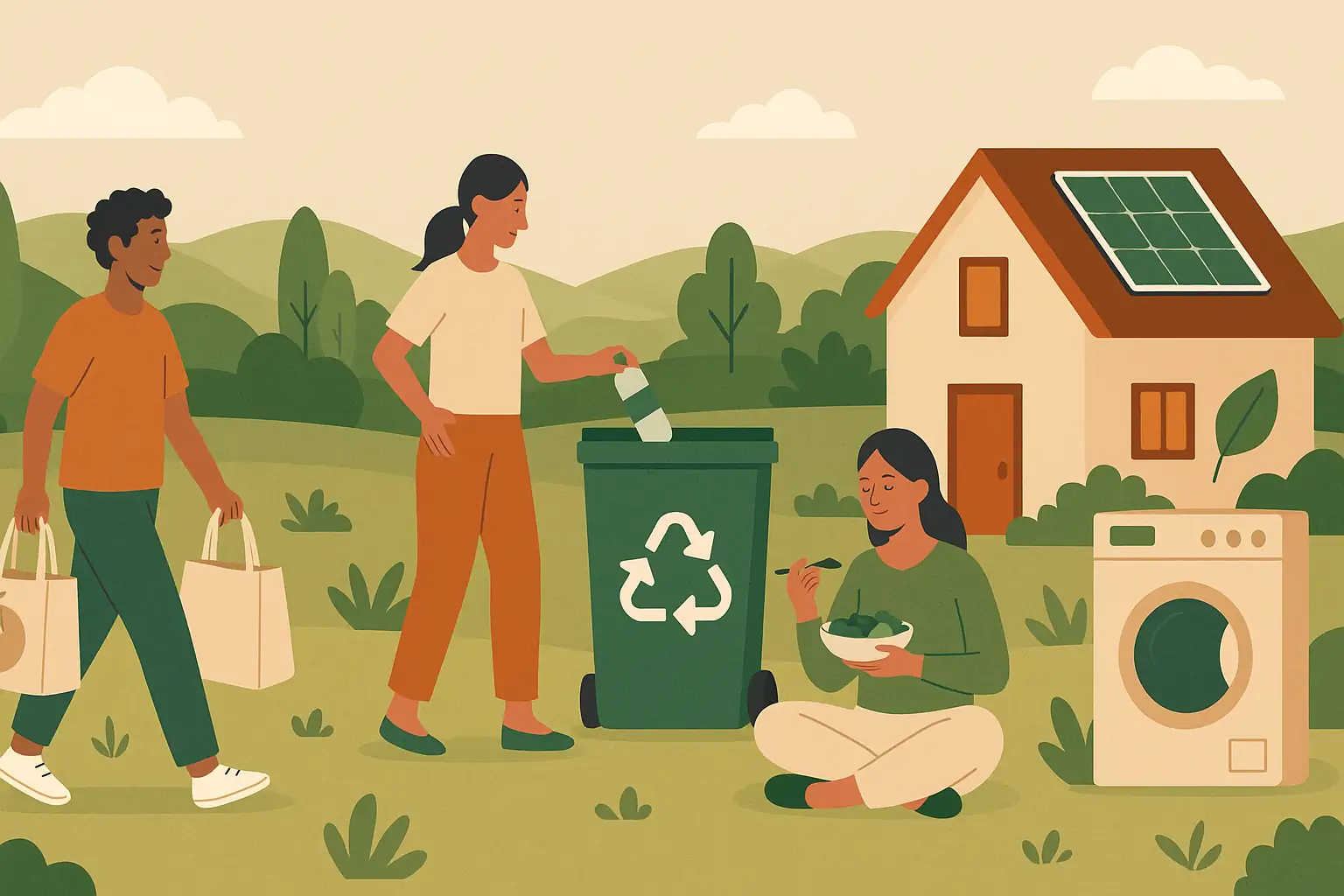
Support People by buying from ethical brands, donating to causes that matter, or volunteering your time locally. Even choosing fair-trade coffee makes a difference.
Protect the Planet by ditching single-use plastic, recycling properly, eating more plant-based meals, and using energy-efficient appliances.
Be Smart About Profit by supporting businesses that give back, investing in sustainability-minded products, and choosing quality over cheap, disposable goods.
No one’s perfect, and that’s okay. But every small action contributes to a larger movement.
Final Thoughts
The three pillars of sustainability—People, Planet, and Profit—remind us that doing good for the world doesn’t have to come at a cost. In fact, when these three forces work in harmony, the results are powerful and lasting.
Whether you’re starting a business, running a blog, or simply trying to make more mindful choices, these pillars provide a clear and meaningful guide. Sustainability isn’t a trend—it’s a necessity. And the good news is that it starts with you.
Save This for Later
If you found this helpful, pin this post to your Eco Living, Business Tips, or Sustainable Lifestyle boards on Pinterest. Share it with someone who’s just starting their sustainability journey because understanding is the first step toward real change.


